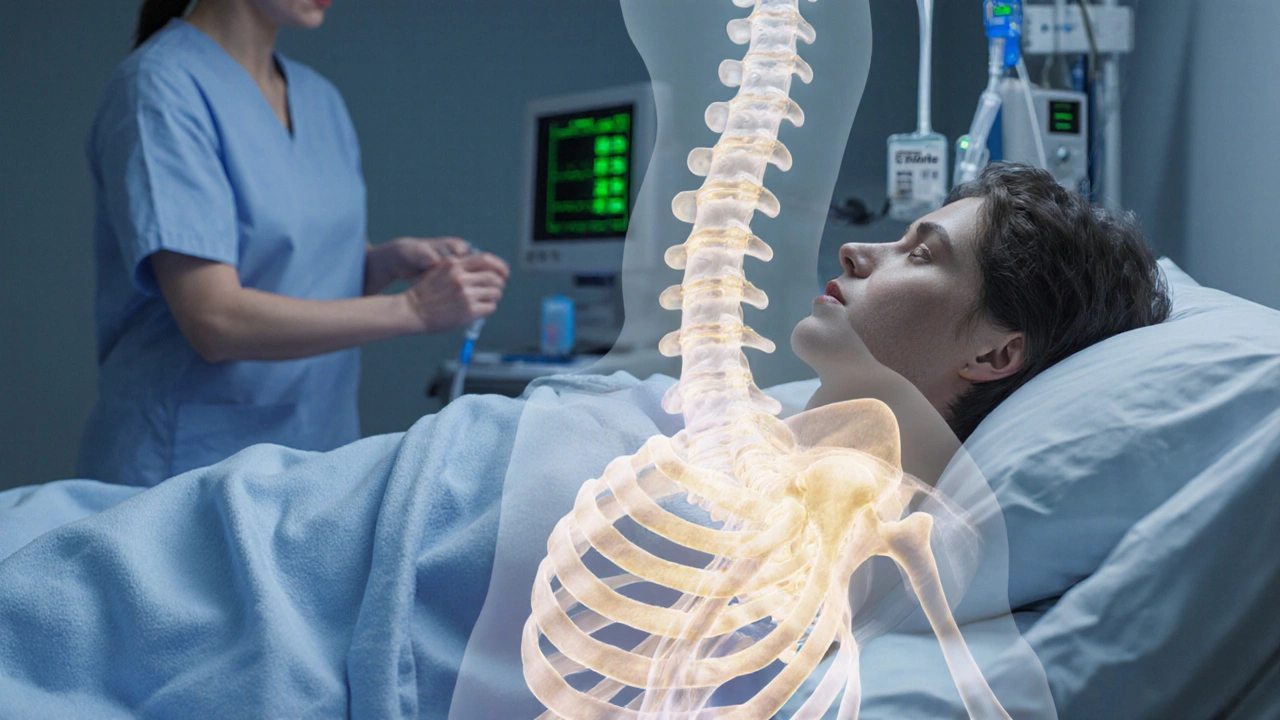Osteoporosis Prevention: Your Blueprint for Strong Bones
When talking about osteoporosis prevention, the effort to keep bone density high and fractures low. Also known as bone loss prevention, it mixes diet, activity, and sometimes medication to protect the skeleton.
Key Strategies for Osteoporosis Prevention
One of the biggest pillars is getting enough calcium. Calcium a mineral that forms the hard matrix of bone. It’s found in dairy, leafy greens, and fortified foods. Adults usually need 1,000 mg daily, rising to 1,200 mg after age 50. Too little calcium forces the body to pull calcium from bone, weakening the structure.
Calcium alone isn’t enough; vitamin D is the partner that tells the body where to put that calcium. Vitamin D a fat‑soluble vitamin that enhances calcium absorption in the gut. Sun exposure, fatty fish, and fortified products supply it, but many people fall short, especially in winter. Aim for 600–800 IU per day, or more if a doctor suggests.
Even with perfect nutrition, bones need a physical stimulus. Weight‑bearing exercise activities that force you to work against gravity, like walking, jogging, or resistance training triggers bone‑forming cells. A routine of 30 minutes, three to five times a week, can add measurable density over months. Strength training adds muscle support, further reducing fall risk.
Beyond the core trio, lifestyle habits shape the outcome. Smoking narrows blood vessels that feed bone tissue, while excess alcohol interferes with calcium metabolism. Managing a healthy weight prevents both bone‑loss and joint stress. If you’re already taking medications that affect bone—like steroids—talk to a doctor about protective steps.
When you decide to supplement, buying safely matters. The same caution you’d use to pick a cheap generic antacid applies to calcium or vitamin D pills. Look for online pharmacies that are TGA‑approved, check for third‑party testing, and compare prices to avoid overpaying. A quick checklist—valid licence, clear ingredient list, and a return policy—keeps you from counterfeit products.
For those at higher risk, doctors may prescribe bisphosphonates or other bone‑strengthening drugs. These prescription meds follow the same safety rules as any other medication you’d order online: verify the pharmacy, confirm the dosage, and discuss side‑effects with your healthcare provider. Regular bone‑density scans track progress and let you adjust the plan as needed.
All of these angles—nutrition, activity, lifestyle, and smart supplement buying—create a comprehensive shield against bone loss. Below you’ll find articles that dive deeper into each piece, from choosing the right calcium brand to building an effective workout plan. Use them as a toolbox to fine‑tune your personal prevention strategy.

Osteoporosis After Bone Marrow Transplant: What to Expect
Learn why bone marrow transplants raise osteoporosis risk, how to screen, prevent bone loss, and manage treatment. Practical tips for patients and caregivers.